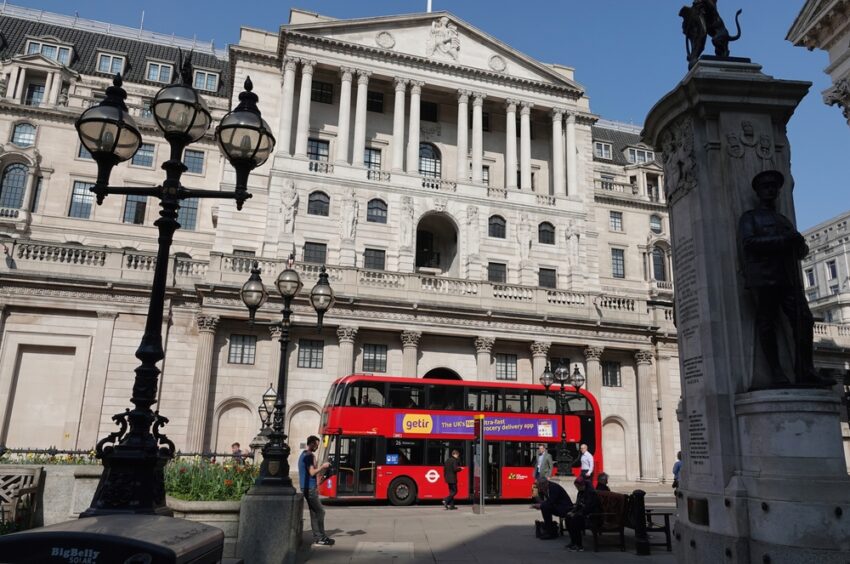The Bank of England has cut interest rates by 25 basis points to 4.75%, marking its second reduction this year as inflationary pressures begin to ease and economic data signals a cooling in wage growth.
The nine-member Monetary Policy Committee (MPC) voted in favour of the reduction, following a steady trend in economic forecasts that suggest a potential downturn in inflationary pressures.
The rate cut comes despite new fiscal policies introduced in Chancellor Rachel Reeves’s recent budget, which are expected to increase costs for UK businesses, including a 1.2% rise in employers’ National Insurance contributions from April. Stuart Douglas, Director of Capital Markets at Centrus, noted, “Though the interest rate cut was expected, concerns linger about inflationary pressures stemming from both fiscal policy changes and the impact of Donald Trump’s US election victory on global trade.”
Trump’s proposed tariffs on imports have sparked fears of a trade war that could lead to higher costs for UK businesses and consumers, impacting both inflation and growth. Economists at the National Institute of Economic and Social Research warned that these factors might prompt the Bank of England to ease policy more cautiously.
At the Bank’s last meeting in September, MPC members took a cautious stance, keeping rates unchanged as some members, including Chief Economist Huw Pill, voiced concerns over high services inflation and wage growth. With regular wage growth at its weakest in two years, now down to 4.9%, and headline inflation dropping from 2.2% in August to 1.7% in September, the Bank’s decision to lower rates reflects shifting economic conditions.
Catherine Mann, an external MPC member known for favouring restrictive monetary policy, maintained her caution, arguing that tight policy remains necessary to curb inflationary behaviours. However, Bank of England Governor Andrew Bailey suggested the possibility of a “more aggressive” loosening cycle, balancing the need for caution with the benefits of rate cuts in a slowing economy.
Market data has reflected some of the budget’s pressures, as yields on UK government bonds rose by 25 basis points after the budget announcement—a significant increase excluding the aftermath of the 2022 mini-budget. Meanwhile, analysts at Nomura observed that easing inflation and slower wage growth allow the Bank more scope for rate cuts, projecting further reductions in the coming year.
Goldman Sachs forecasts that UK interest rates could fall to 3% by September 2025, though uncertainties remain. The rate cut has been met with cautious optimism among UK businesses. Mike Randall, CEO of Simply Asset Finance, commented that while the cut offers some relief, further support is essential to meet growth targets outlined in the Chancellor’s Autumn Statement.
“SMEs need greater certainty and more incentives to invest in long-term growth,” Randall said. “With this, the Government’s goal of rebuilding Britain can be realised.”
The latest cut aims to support a UK economy facing complex pressures from both domestic fiscal policies and international trade uncertainties, setting the stage for further potential adjustments as the Bank monitors the evolving economic landscape.


